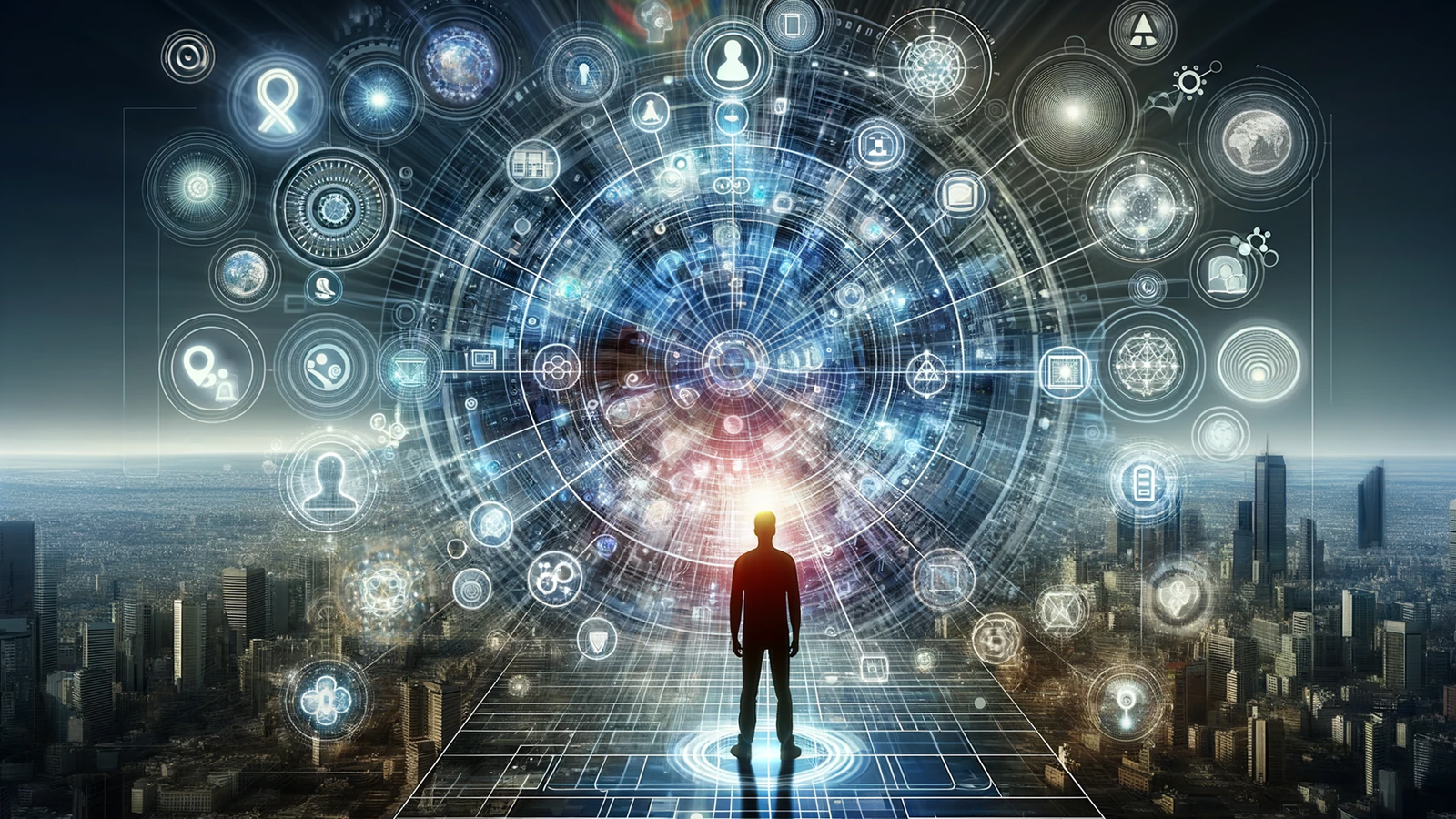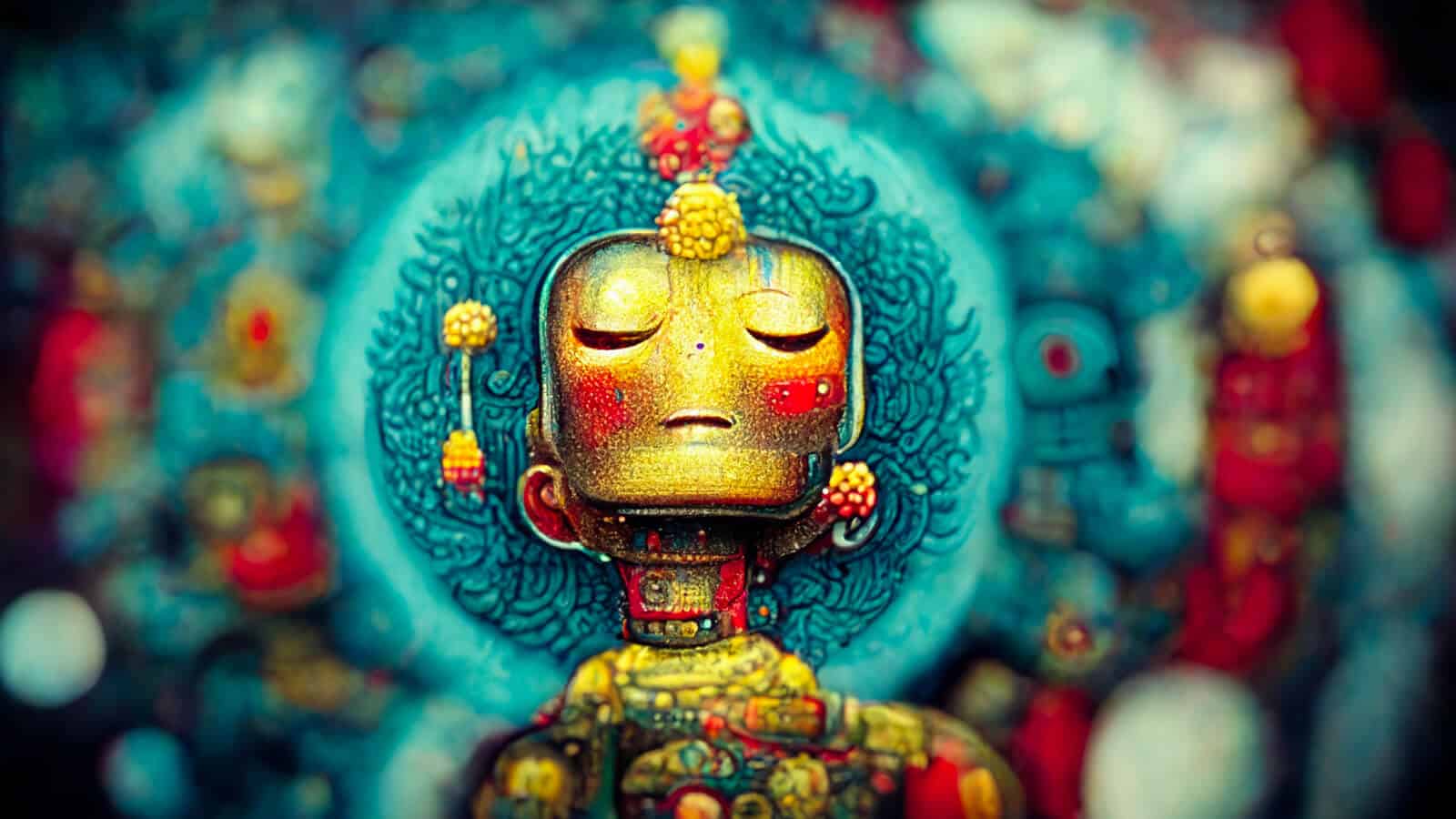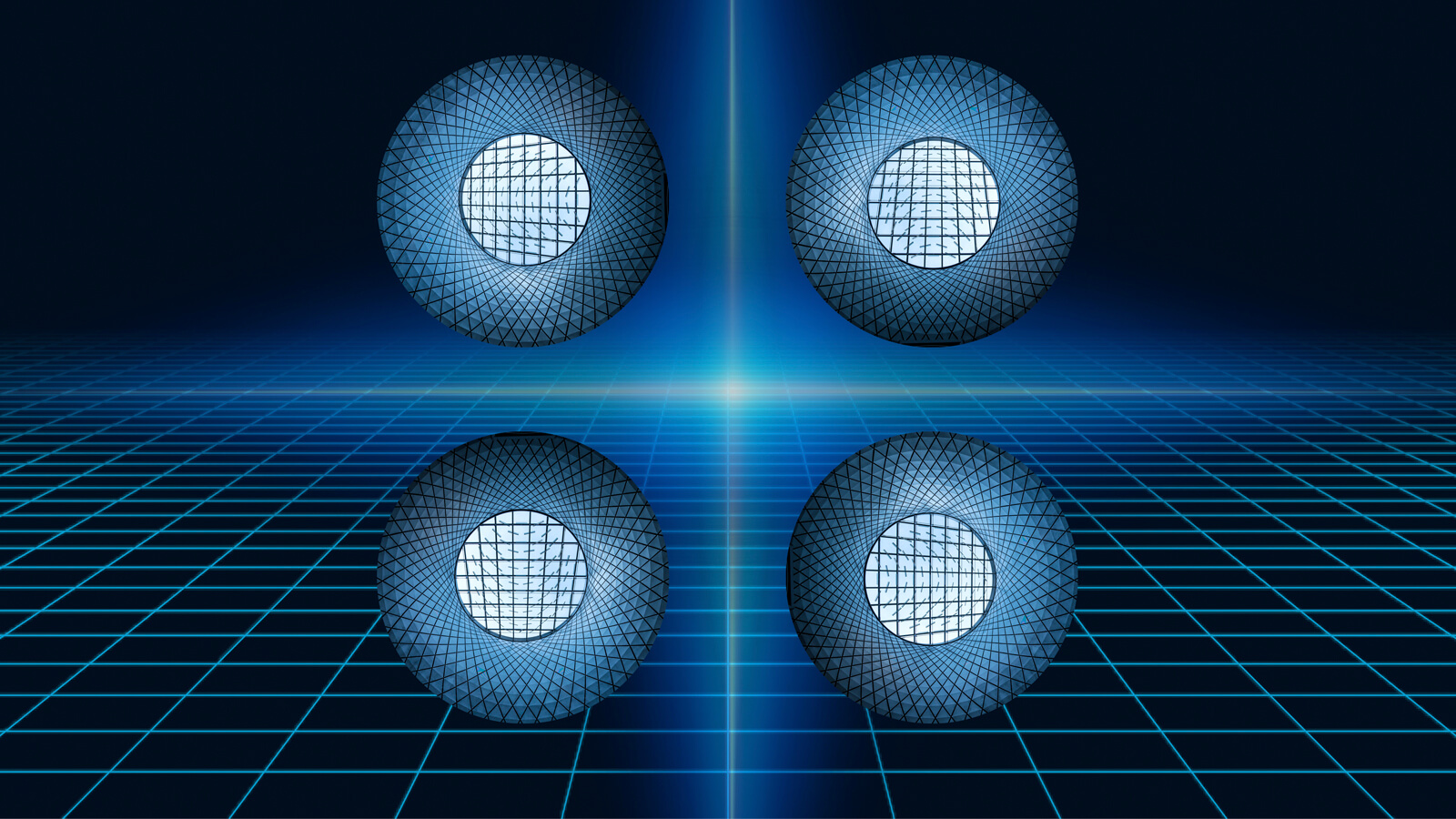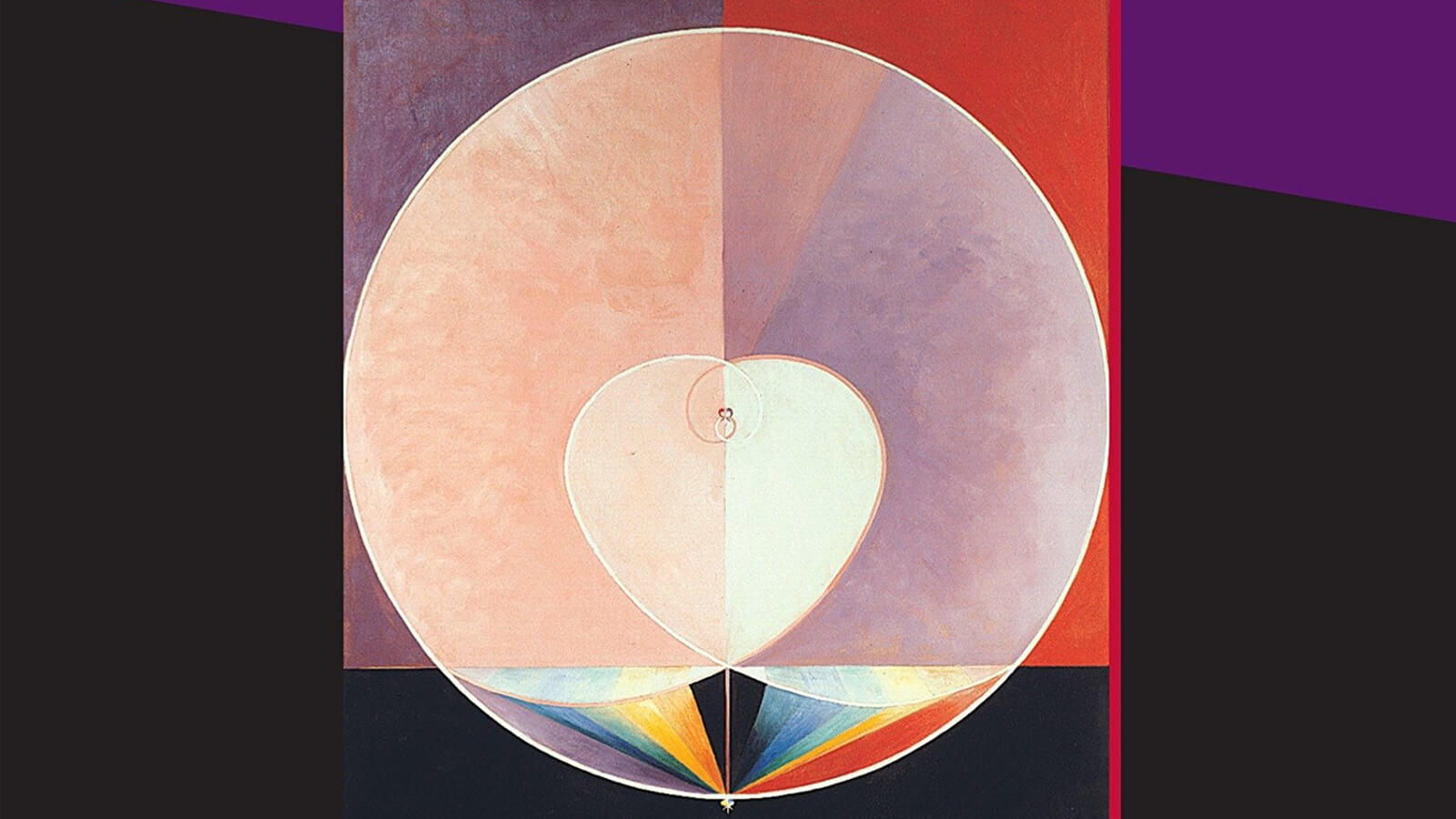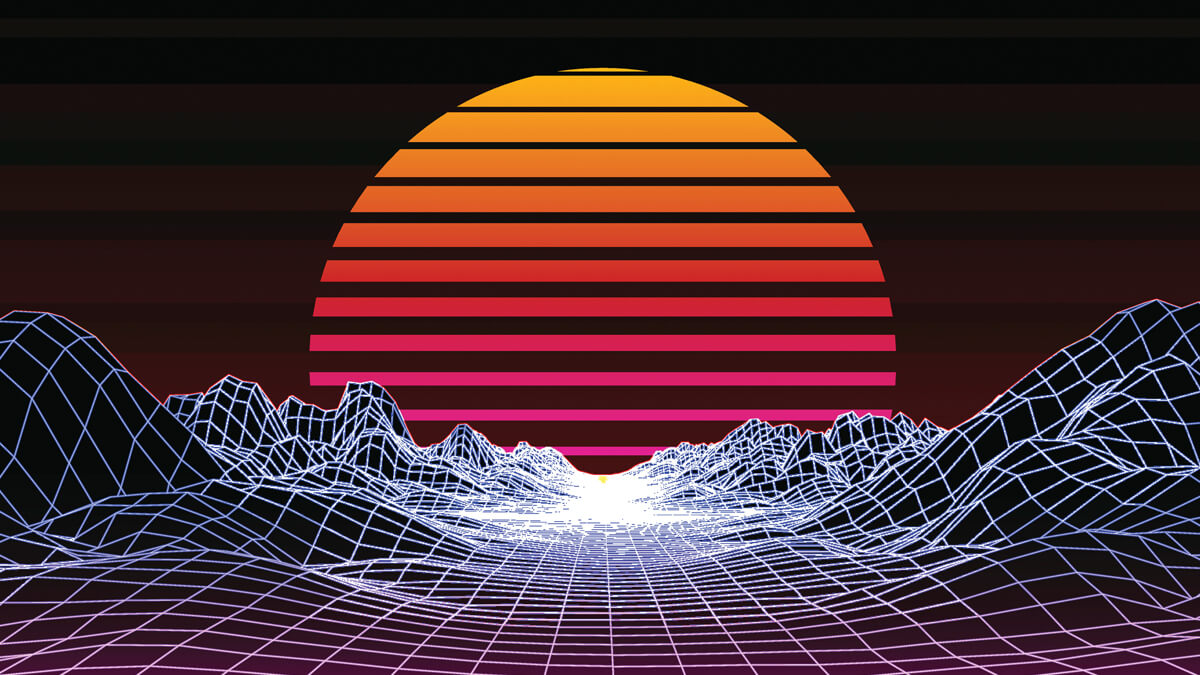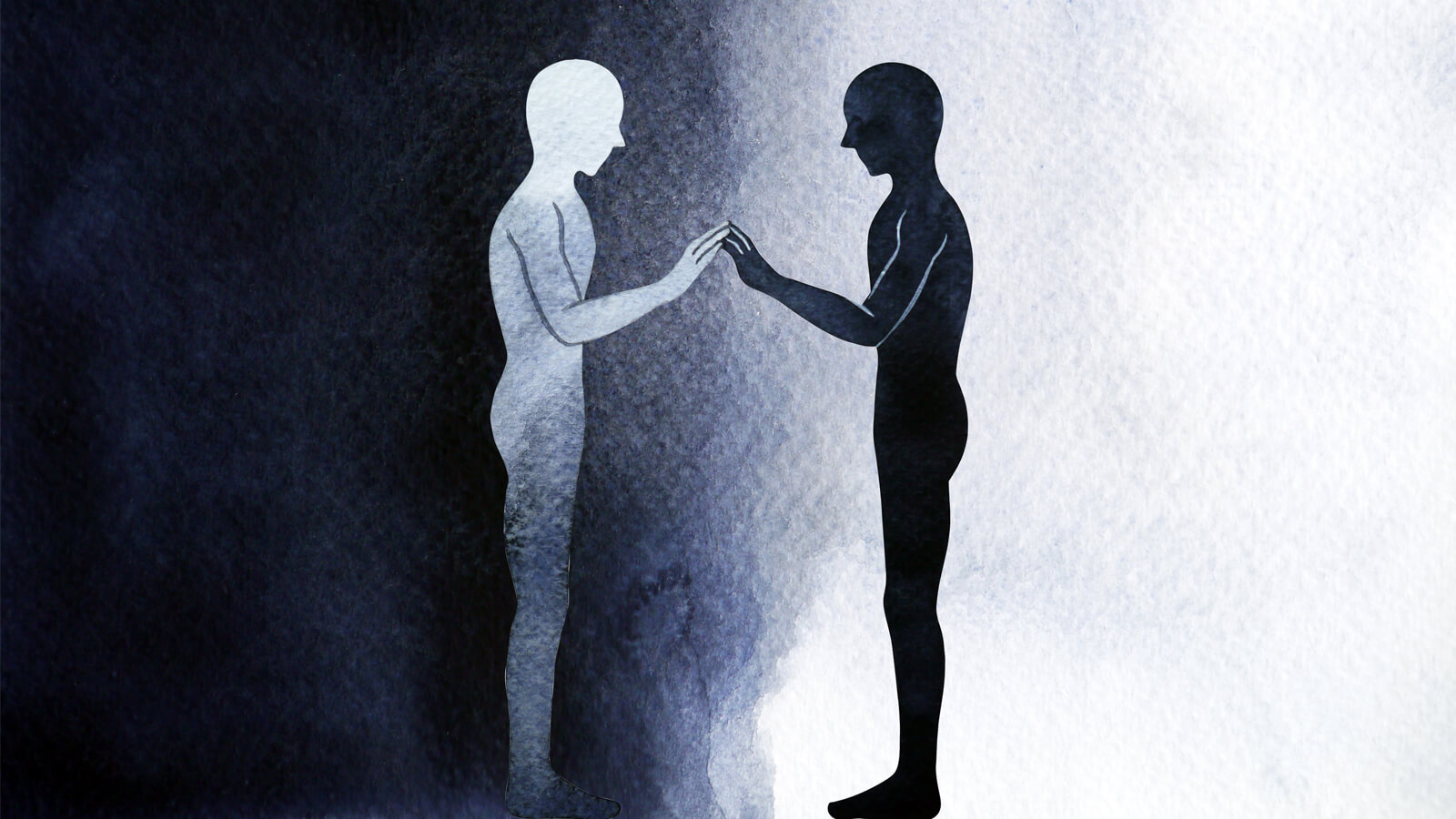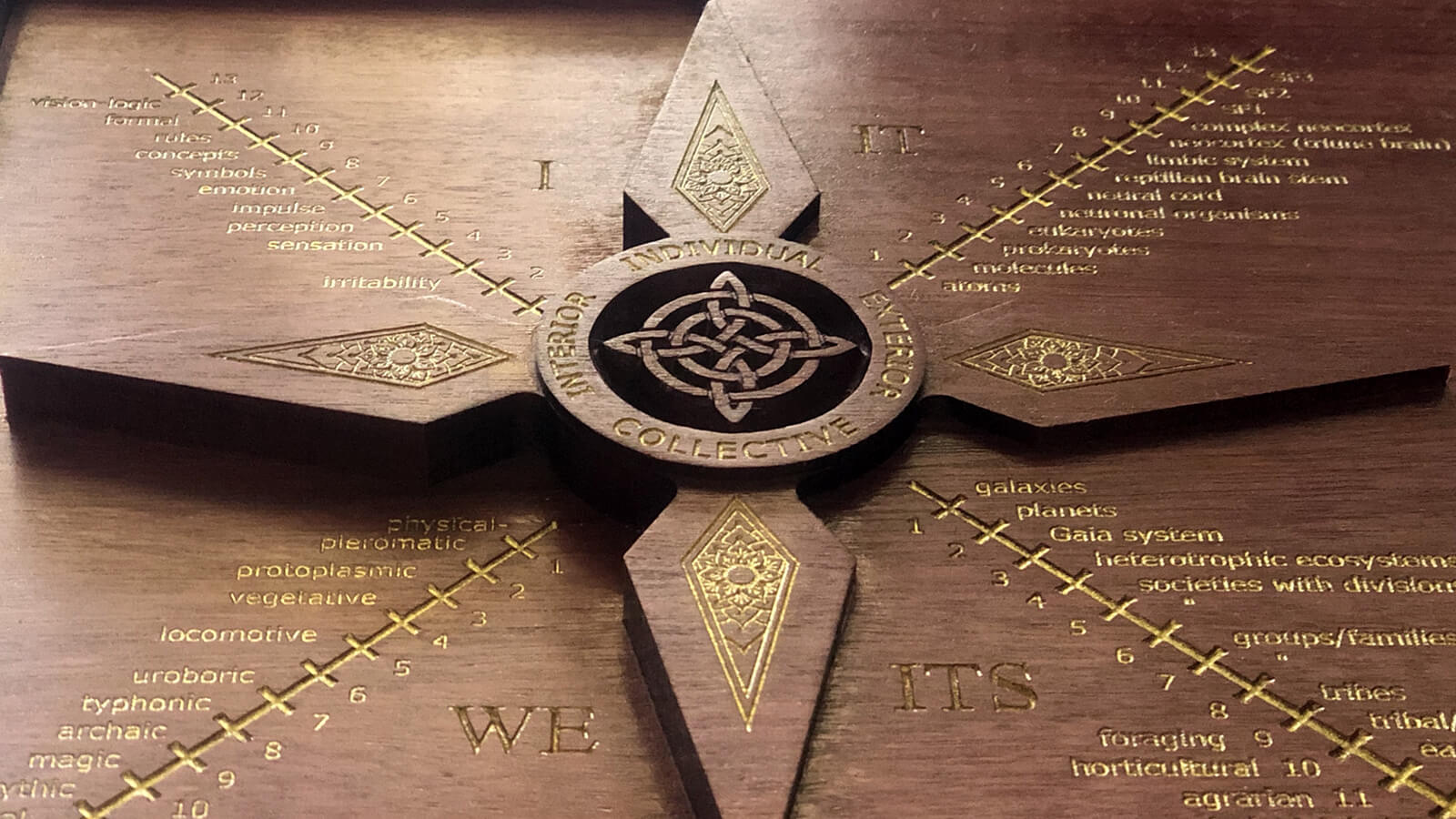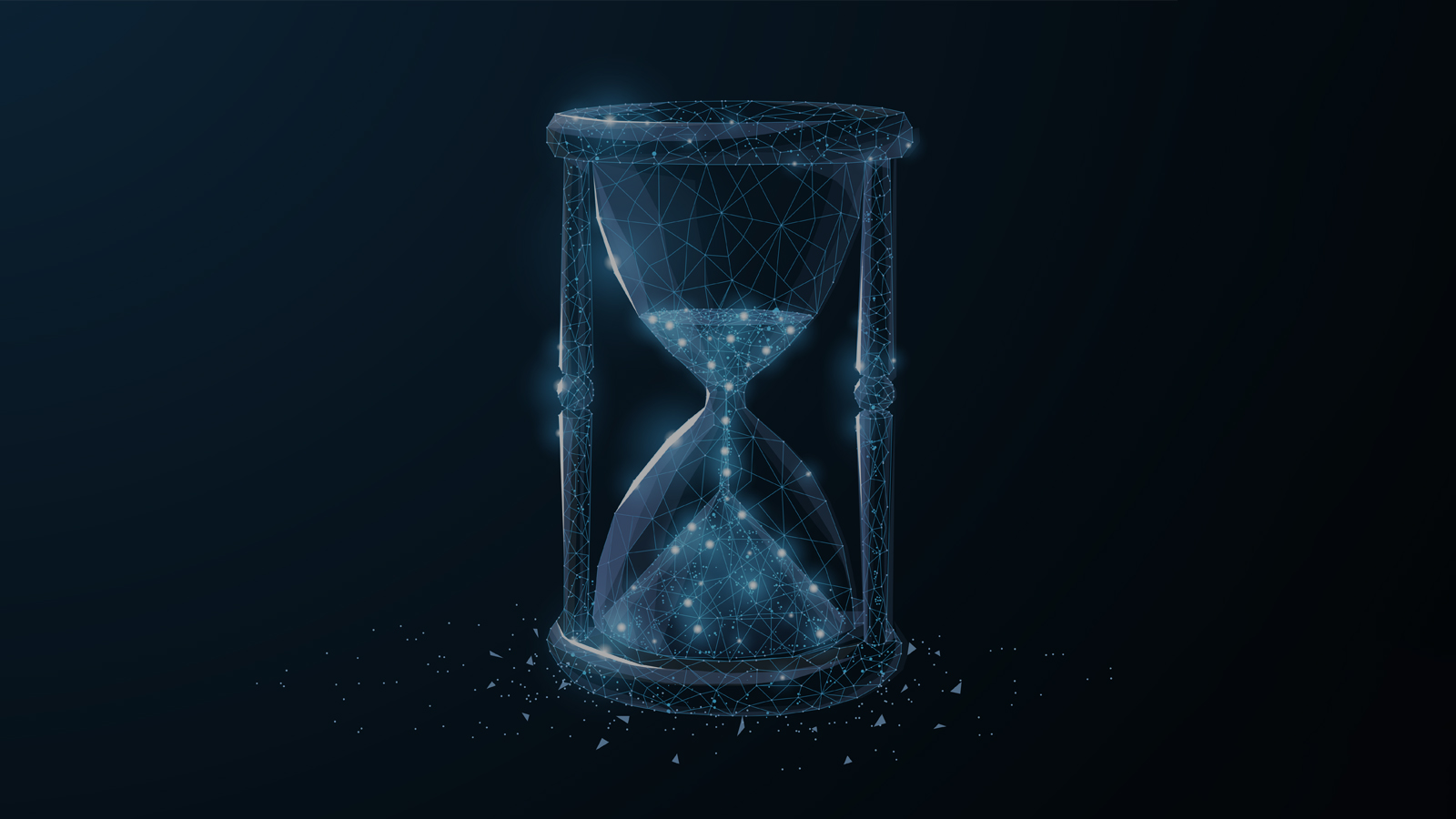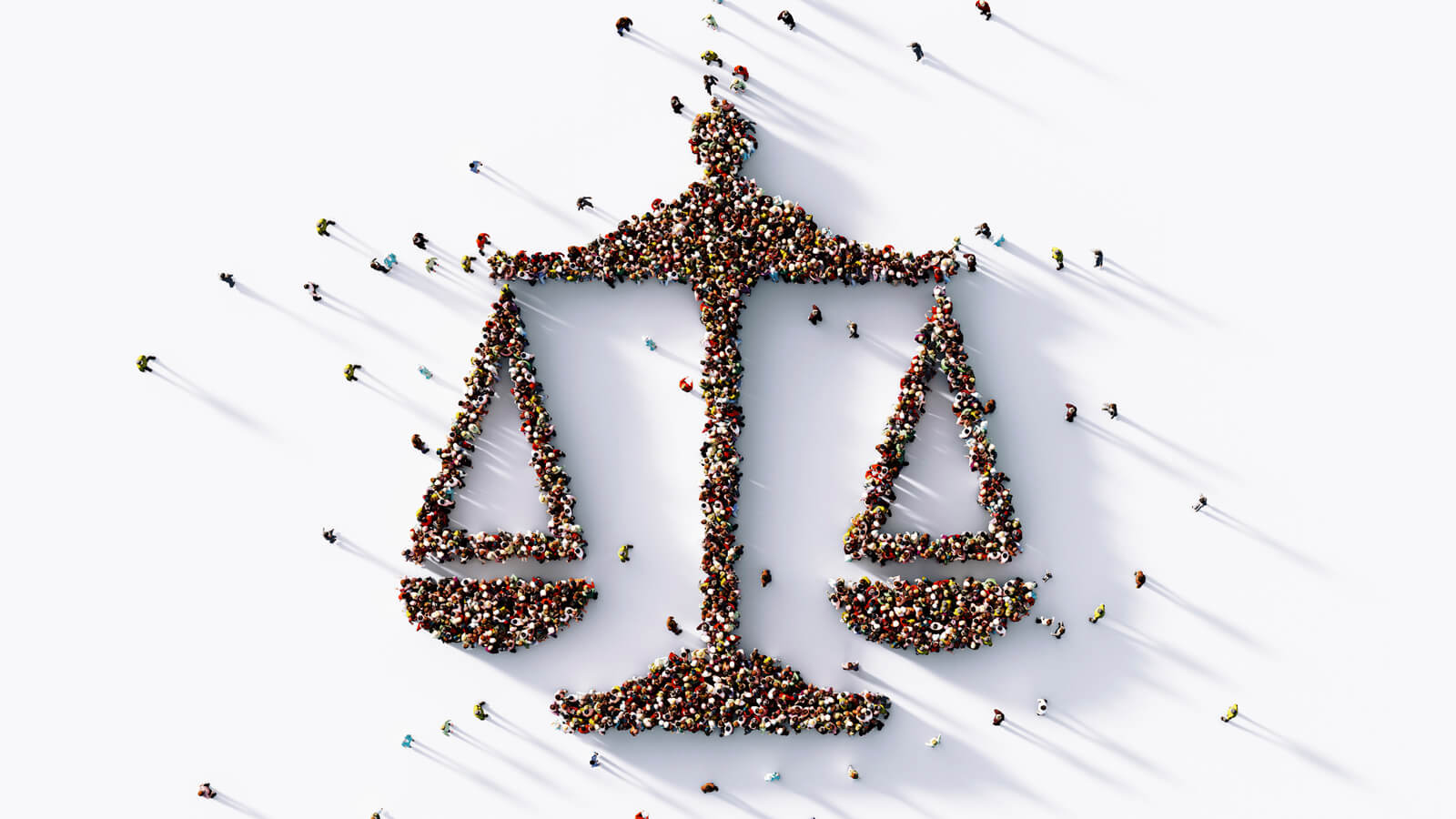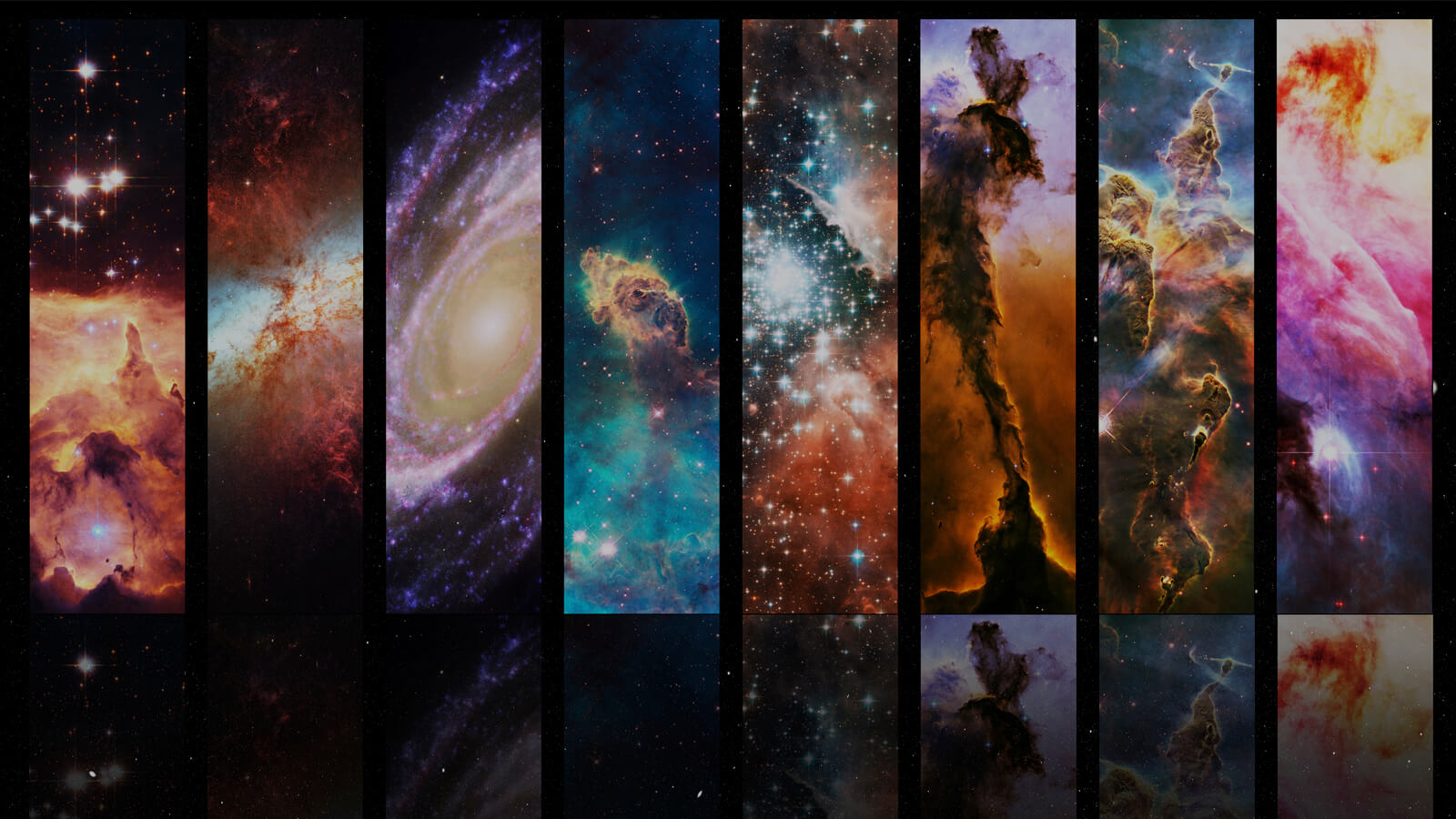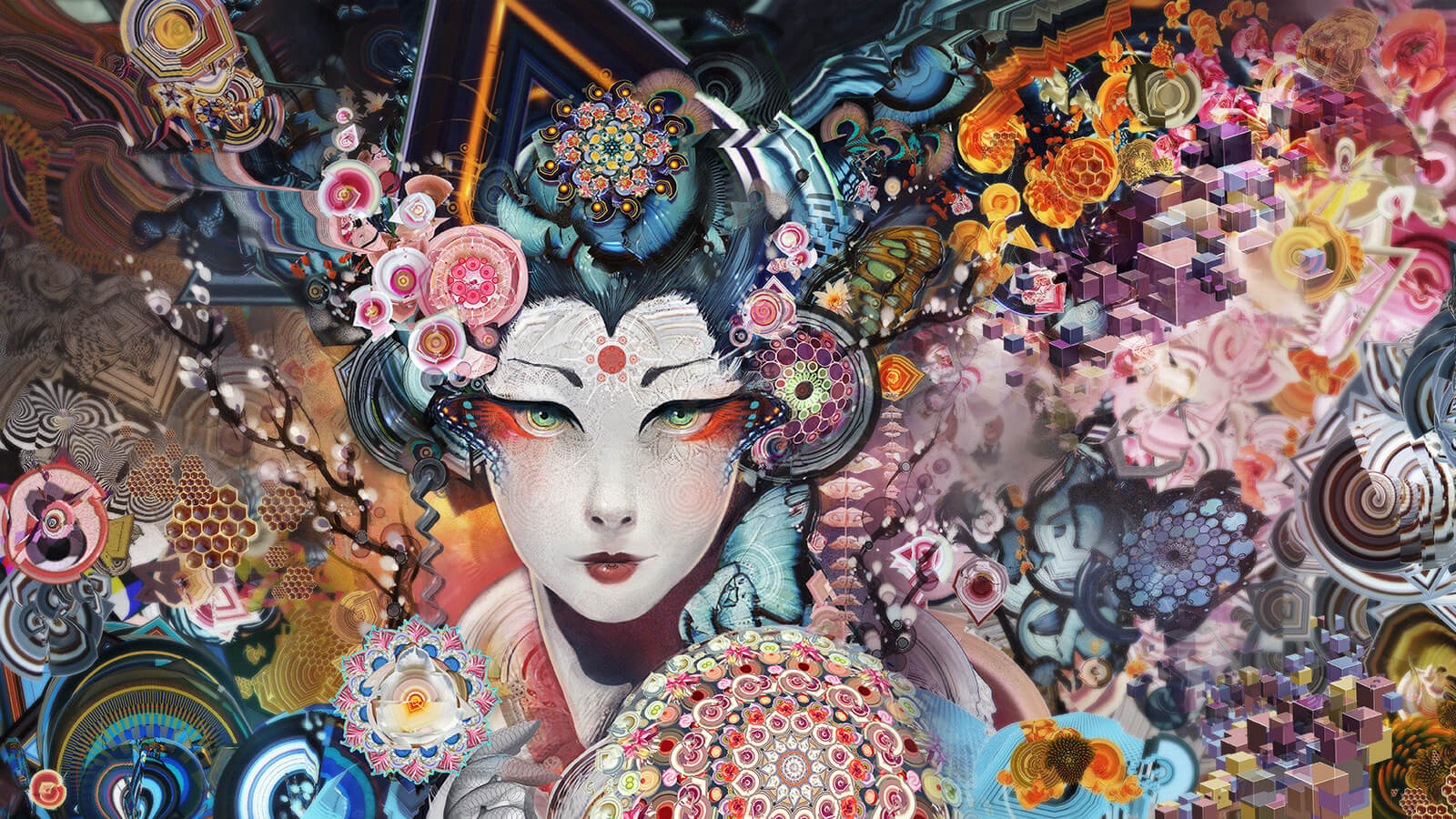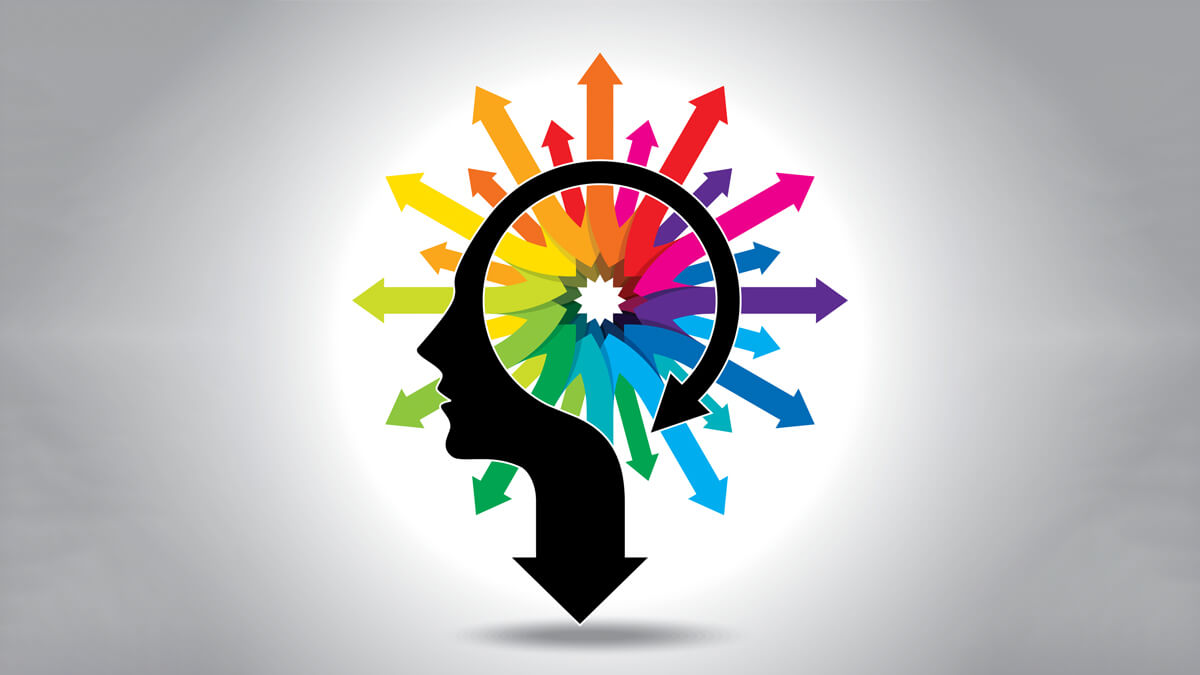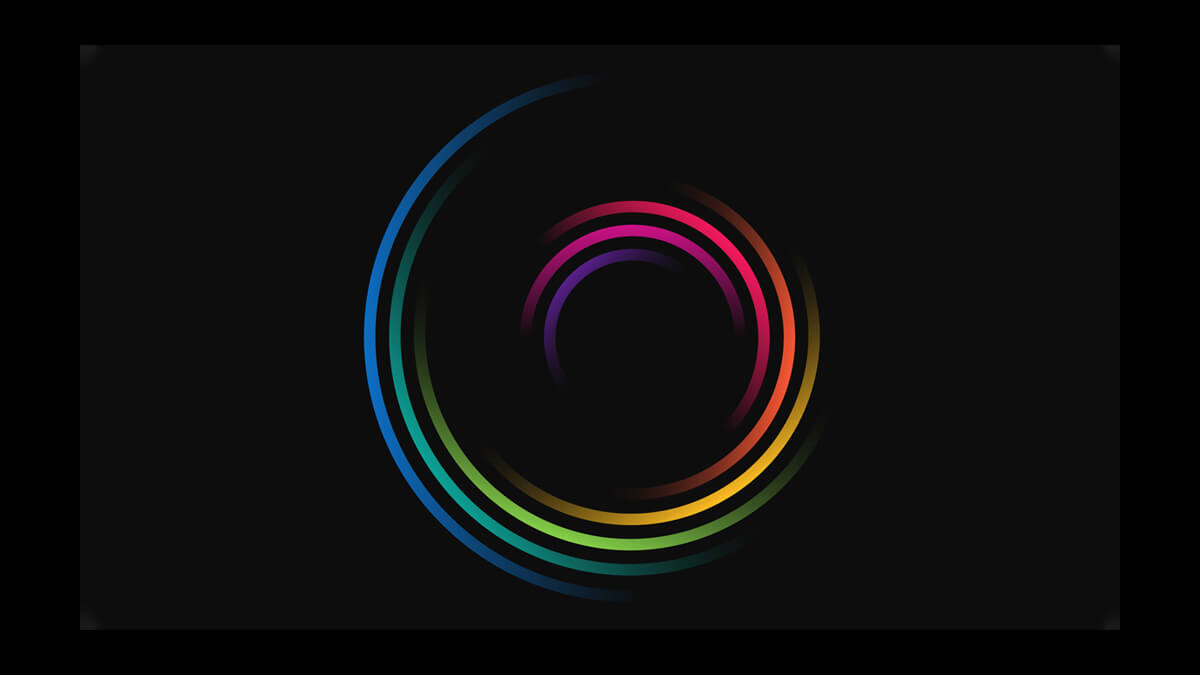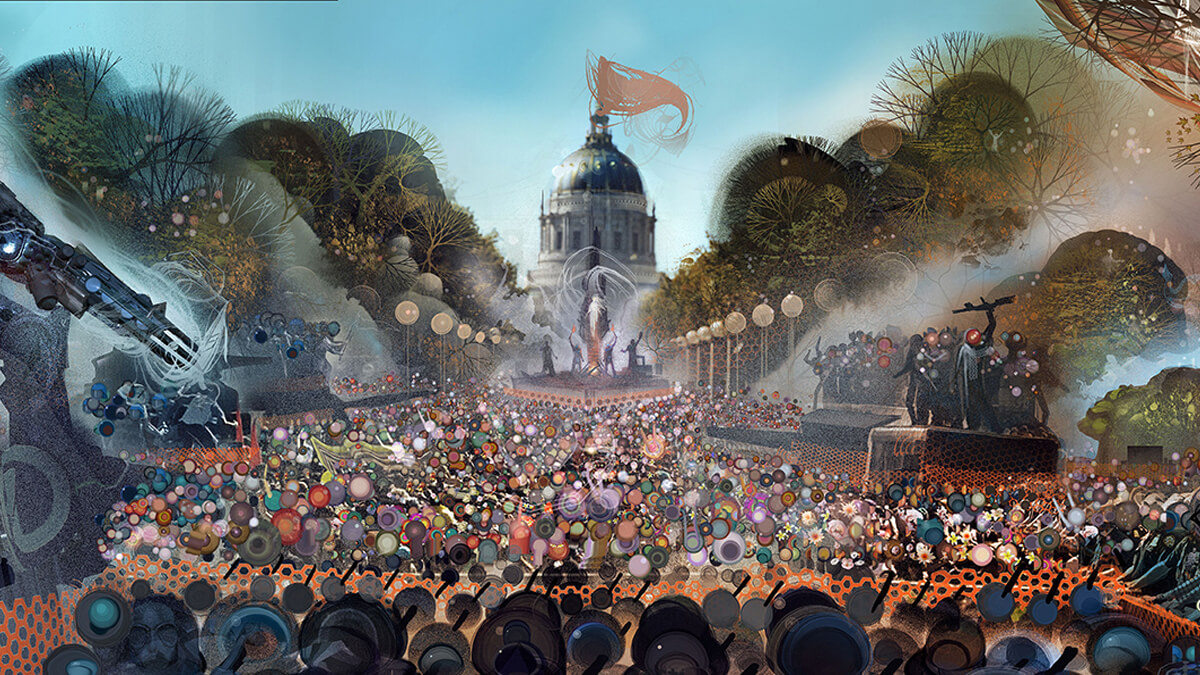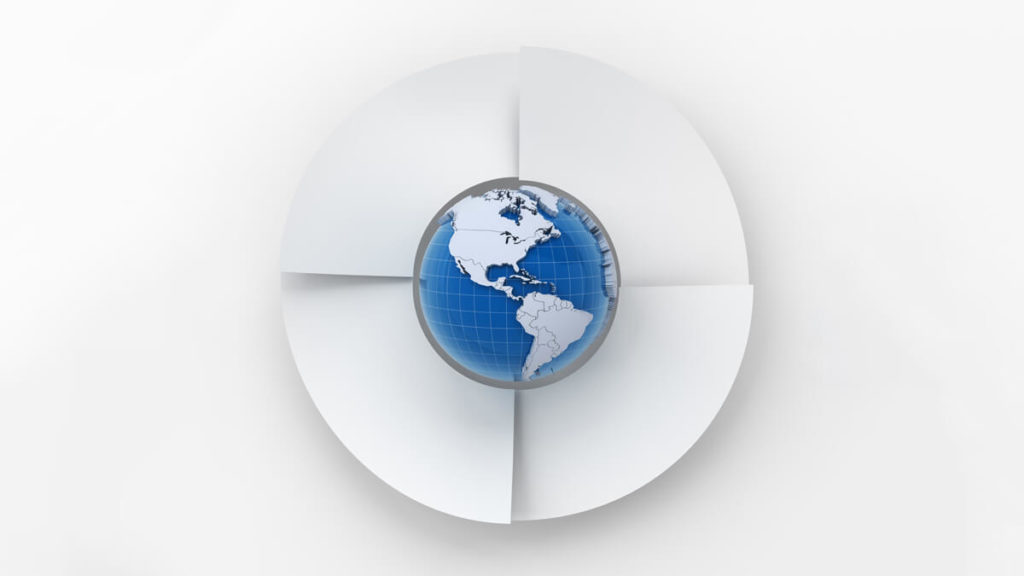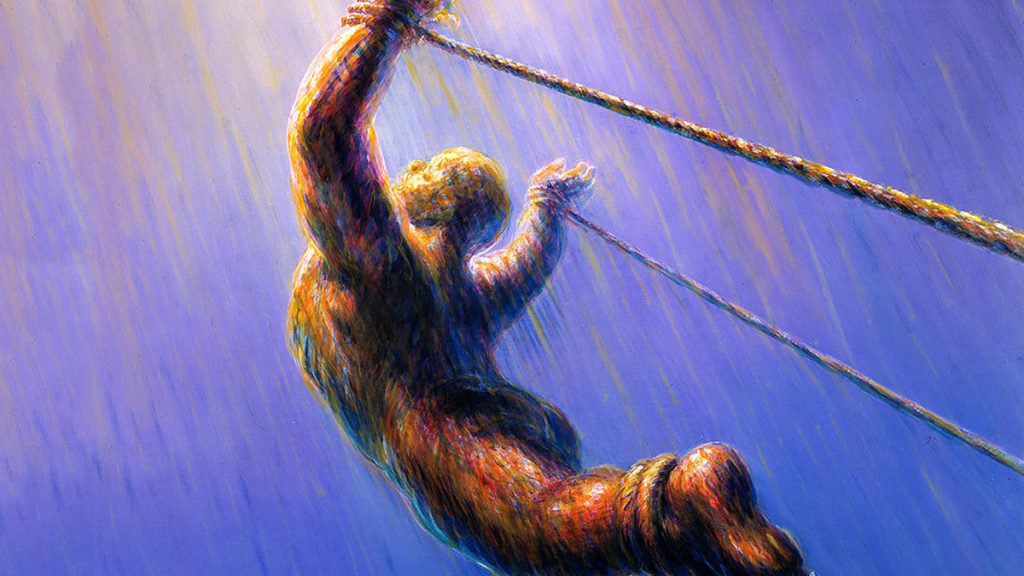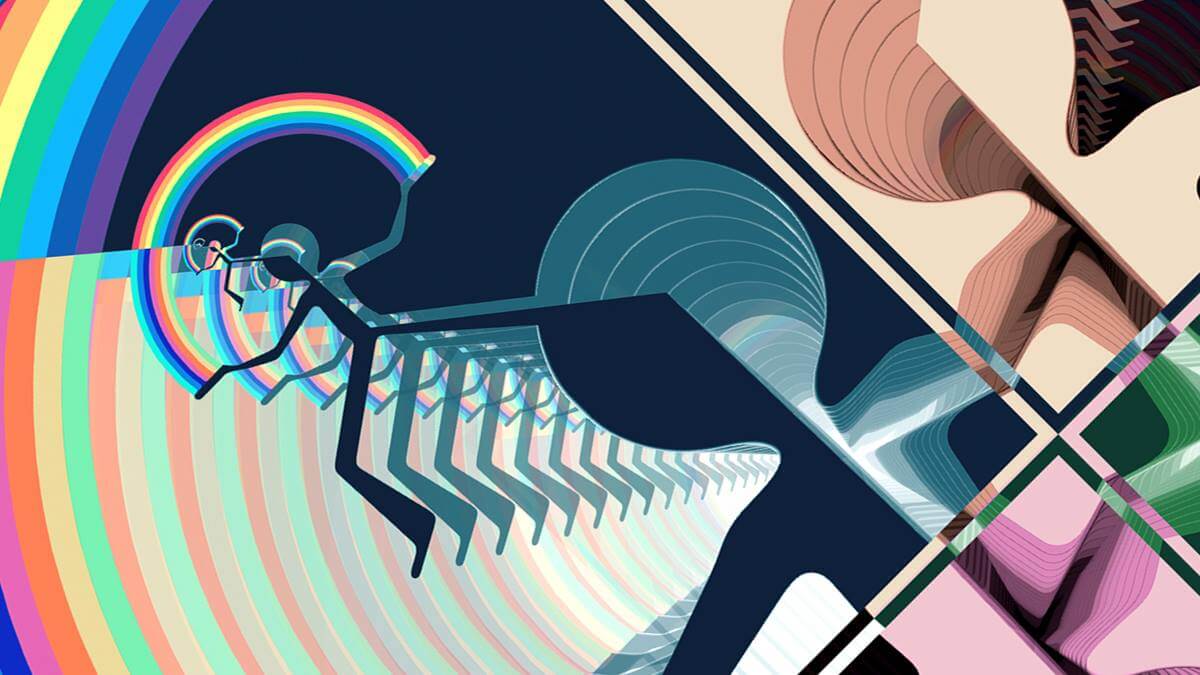Become a supporting member to watch the full conversation
Humanity is entering the Transformation Age, a new era of human civilization, with Integral Consciousness rising at its leading edge. Our members don’t use Integral Life as just another media subscription they use weekly or discard. Instead, most stay with us for years, using Integral Life to learn Integral Philosophy and build an integral mind slowly, methodically and when they need it. We’re here to help you shape the future that’s emerging no matter where your life takes you.
Get Full Access For $1 (7 days)* Or explore all membership plans → * Trial price for the first 7 days, then $20/month. Cancel or switch plans in 2 minutes at any time.Text by Corey deVos
Ken Wilber and Corey deVos delve into the intricate application of the eight zones of Integral Metatheory to the pervasive issues of race and racism. This insightful discussion sheds light on how these primordial perspectives can be utilized to address and understand the multifaceted nature of racism, offering a holistic approach to personal, cultural, and social transformation.
Key Topics Discussed:
- Introduction to the Eight Zones: Ken and Corey explain the eight zones of Integral Metatheory, highlighting their significance in providing a granular and comprehensive analysis of complex social issues.
- Historical Context and Progress: The conversation contextualizes racism within historical and developmental stages, emphasizing how society has evolved beyond ethnocentrism yet continues to grapple with its remnants.
- Legal and Cultural Lag: Despite significant legal advancements in eradicating discriminatory laws, societal attitudes and behaviors often lag, resulting in ongoing challenges and inequalities.
- Interconnectedness of Interventions: The discussion underscores the necessity for simultaneous interventions across multiple zones—legal, cultural, personal, and systemic—to create lasting change.
- Self-Reinforcing Patterns: Ken and Corey explore how historical injustices, such as redlining, have long-term, self-reinforcing effects that perpetuate economic and educational disparities in affected communities.
- Integral Critical Theory: Critical theory is presented as a powerful — but limited — tool for integrating diverse perspectives and fostering a compassionate, nuanced discourse on race and racism. However, when Critical Theory becomes the only lens we use to make sense of reality, it can overshadow other valuable perspectives and approaches, potentially leading to a reductionist view that misses the complexity and multidimensionality of human experiences and social phenomena.
- Media and Perception: The role of media in distorting perceptions of issues like police violence is examined, highlighting the importance of accurate data and balanced reporting to bridge the gap between perception and reality.
- Zone-Specific Solutions: The episode discusses tailored interventions for each of the eight zones, demonstrating how a multifaceted approach can effectively address the complexities of racism.
This discussion offers a comprehensive framework for understanding and addressing racism through the lens of Integral Metatheory. By integrating multiple perspectives and acknowledging both progress and ongoing challenges, Ken and Corey provide valuable insights into creating more effective and compassionate solutions to one of society’s most pressing issues. This episode is not only educational but also a call to action for listeners to engage in a holistic, integrated approach to social transformation.
The 8 Zones of Race and Racism
We are here today to talk about the 8 critical zones of integral metatheory, and to apply them to the ongoing cultural conversation taking place around race, racism, and other kinds of bigotry that we continue to see in the world. This discussion is going to be a great opportunity to not only learn more about these 8 primordial perspectives that are available to us, but also to see how they can be applied to social and cultural challenges and “wicked problems” such as these.
The purpose of this conversation is not to say, “racism is a totally ubiquitous and growing problem, and in fact here are 8 new kinds of racism that you need to worry about.” I think the actual context here is more like “hey, we’ve actually already made the sorts of social transformations that gets us out of ethnocentrism and racism in the first place”. However, as Ken has written about extensively, and as we have discussed several times in the past on this show, these social transformations don’t happen overnight. Even after we achieve something truly remarkable, like eliminating discriminatory laws in the lower right quadrant as we have done over the last several decades, it can still take several generations or even lifetimes for the rest of our collective center of gravity to “catch up”. Yesterday’s forms of social self-organization can still have painful consequences for people’s lives today, and non-discriminatory laws can still be interpreted in discriminatory ways, which are just some of the zone-related issues we will discuss as we go.
So again, what we are talking about today are really the sorts of resistances, inertias, and karmas that remain and that we continue to face as we play “catch up” in our interiors, in our behaviors, and in our culture. As Ken says, “the knowledge quest proceeds funeral by funeral” — which is precisely why it can take so long for these social transformations to be properly fulfilled across an entire society.
I’ve been particularly turned on by Ken’s 8 zones of Integral Methodological Pluralism over the last several years, which Ken and I summarize in our previous episode together. These 8 zones are lighting me up the same way that the four quadrants originally did when I first got into integral philosophy over 25 years ago, and have greatly improved my own capacity to make sense of the incredible complexity of today’s world. To me, these 8 zones offer an incredibly high degree of granularity and explanatory power as we look at all of the most critical factors of social transformation, and how these transformations are then selected for (or not!) by the rest of culture and society. They also allow us to see how, when discussing matters such as race, ethnicity, and racism, we need to make room for many conflicting and partial perspectives, and attempt to pull them together into a more comprehensive analysis. Which to me has been one of the most difficult challenges in this discourse as we see it today — everyone is talking across each other, often using the same words but very different meanings and interpretations behind those words. So it’s an opportunity to create more shared reality between multiple conflicting or even contradictory views.
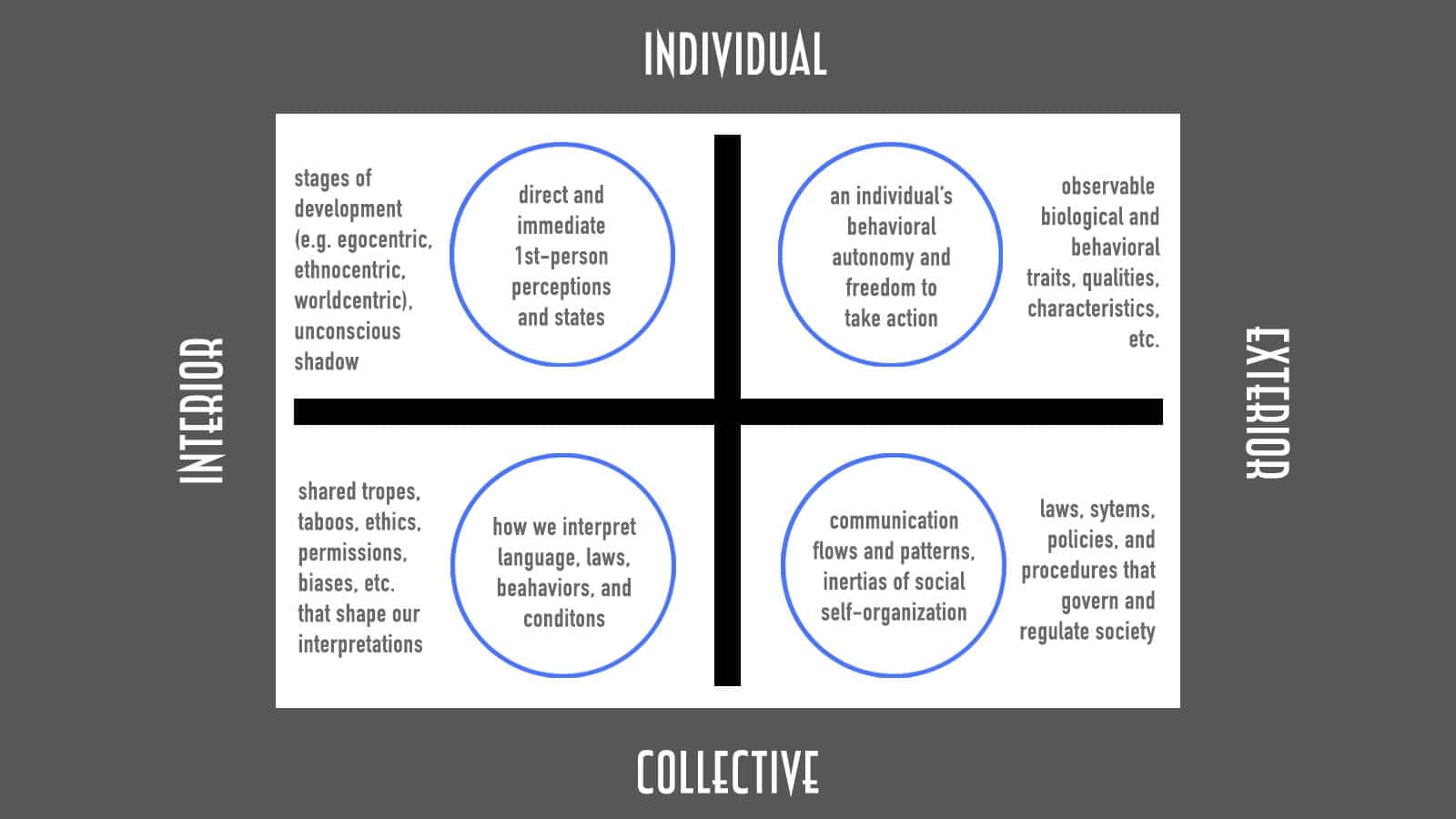
My hope is that this sort of analysis can ultimately help us innovate more skillful solutions and interventions that are more appropriate (and therefore more effective) for each of these eight primary perspectival zones of our being. Each of these zones reveal unique challenges and inertias that require zone-specific interventions in order to disrupt and overcome — and that each of these challenges themselves have driving factors that come from multiple other zones. The goal here isn’t to simply categorize all of our problems like a color-by-number painting. These zones are not categorical, they are enactive — that is, they are literally psychoactive, they are not describing some inert foreign territory “out there” somewhere, but are rather describing the living perspectives within you right now, which you can use to disclose more of your inner and outer realities. This is a perspectival yoga which, if done carefully and consciously, can help us quickly cut through the fog of confusion surrounding an increasingly fragmented culture war, and reduce the greatest amount of suffering for the greatest number of people.
All of this, I think, leads us toward something like a genuine “integral critical theory” that allows us to bring the greatest understanding, clarity, and compassion to some very emotionally charged issues, and prevents us from talking across each other as we so often do in our present cultural discourse. What’s more, this “integral critical theory” also allows us to appreciate and even celebrate the genuine progress that we HAVE made over the generations, even as we continue to deal with some of the nasty residues of yesterday’s world, and while also acknowledging the very real pain felt that is felt by many of these communities to this day. And I think it is fully aligned with something you wrote about 20 years or so ago, which I think continues to become more and more relevant as time goes by:
“The heart of integral philosophy, as I conceive it, is primarily mental activity of coordination, elucidating, and conceptually integrating all of the various modes of knowing and being, so that, even if integral philosophy itself does not deliver the higher modes, it fully acknowledges them, and then allows and invites philosophia to open itself to the practices and modes of contemplation. Integral philosophy is also, by virtue of its comprehensiveness, a powerful critical theory, critical of all less encompassing approaches – in philosophy, psychology, religion, social theory, and politics.”
Ken Wilber
The Most Influential Zones When It Comes To Racism
Before we go through all these zones in depth, there are maybe a few factors from a handful of these zones that we want to summarize and put on the table first. All of these zones are important, but some are more relevant than others when it comes to the topic of race and racism, and all of them have a powerful influence on the other zones. Change any major factor in any of these zones, and you change the shape of all the other zones.
First, and most primary, is Zone 2, the outside of the upper left, which refers to structures of consciousness. When it comes to the topic of race, racism, and identity, Zone 2 really sets the conditions for all of these other zones, because:
a) Zone 2 is the very seat of identity itself, and that identity grows through egocentric, ethnocentric, worldcentric, and kosmocentric stages.
b) Racism is itself a product of the earlymost stages of development, which fortunately a plurality of people have evolved beyond. However, everyone starts at square 1, and everyone has to grow through these stages in their lives, and not everyone makes it past the ethnocentric stage. In fact, a majority of people probably don’t, which means maybe 50-60% of adults in the world are at an ethnocentric level.
c) we can also carry shadow material with us that can be generated from previous stages we’ve grown through, which can then become distributed throughout a culture whenever multiple people in a group are carrying the same sort of shadows (which we will return to when we get to Zone 4).
d) our very perception of these zones unfolds as we develop, meaning we can’t even see some of these zones, or the specific challenges within those zones until we’ve reached a certain stage of development.
Second, our actual systems of government in Zone 8, a 3rd-person view of systems in the lower right. The question here is, do we still have discriminatory laws governing our society? And the good news is, this is where our society has progressed the furthest, and we have gotten rid of the majority of laws that were produced by earlier ethnocentric stages of development in Zone 2 (that is, we no longer have laws that explicitly say “treat group x differently than group y“). And even more good news, even though only a relatively smallish plurality of people have evolved beyond ethnocentric thinking, once laws are drafted in Zone 8, these laws then govern everyone in our society, and for that reason act as a sort of “attractor point” for all the other zones — for example, people are far more likely to evolve to worldcentric stages if they live in a society governed by worldcentric rules.
But third, we also want to acknowledge that these previous laws have created inertias and repercussions and feedback loops that are still with us today, which we can see in Zone 7, which is a 1st-person view of systems in the lower right. There are many autopoietically self-reinforcing patterns that emerged from previous laws that continue to have devastating consequences today.
The classic example being red lining policies from decades ago that prevented black families from accumulating property and wealth, which in turn creates more impoverished neighborhoods with a smaller tax base, which in turn creates more impoverished schools with larger class sizes, less access to learning materials, lower quality teachers, and less early childhood education like kindergarten or preschool. Again, it’s an autopoietically self-reinforcing pattern that plays itself out over multiple generations, long after the laws that created the conditions have been eliminated.
And fourth, all of this gets translated and interpreted in different ways depending on our intersubjective cultures and subcultures in the lower left quadrant. This is where we can talk about non-discriminatory laws being interpreted in discriminatory ways in Zone 3, as well as lingering cultural tropes, taboos, permissions, etc. in Zone 4 that can shape those interpretations.
Applying The 8 Zones To Race, Identity, and Social Transformation

Upper-Left Quadrant
 Zone 1 – The inner of the upper left quadrant, or a 1st-person view of my own 1st-person experience. This is the zone of my immediate perception, of my individual agency and my ability to make decisions for myself, to exercise my interior conscious intent.
Zone 1 – The inner of the upper left quadrant, or a 1st-person view of my own 1st-person experience. This is the zone of my immediate perception, of my individual agency and my ability to make decisions for myself, to exercise my interior conscious intent.
This zone also describes the direct phenomenological experience of racism, either given or received. And these expressions of racism are often correlated with hyper-emotional states (something to keep in mind when we see footage of someone acting like a jackass on the internet – it is entirely possible we are catching them at the worst moment of their lives, due to any number of emotional states, stresses, and/or phenomonological motivations. Which doesn’t absolve them from consequences, but allows a bit more space for healthy perspective-taking.) It’s important to note that there are several factors from other zones can shape our overall perception of what is or isn’t racist
Zone 1 interventions include: conflict de-escalation, clean up practice, wake up practice
 Zone 2 – the outer of the upper left quadrant, a 3rd-person view of my own 1st-person. What we classically think of as “being racist”. Unconscious biases, prejudices, shadows, and ethnocentric-stage narratives we filter our reality through, many of which present themselves as unexamined and unintegrated shadows from previous stages of development.
Zone 2 – the outer of the upper left quadrant, a 3rd-person view of my own 1st-person. What we classically think of as “being racist”. Unconscious biases, prejudices, shadows, and ethnocentric-stage narratives we filter our reality through, many of which present themselves as unexamined and unintegrated shadows from previous stages of development.
Zone 2 interventions include: mental health support, grow up practice (education, perspective-taking), clean up practice
Lower-Left Quadrant
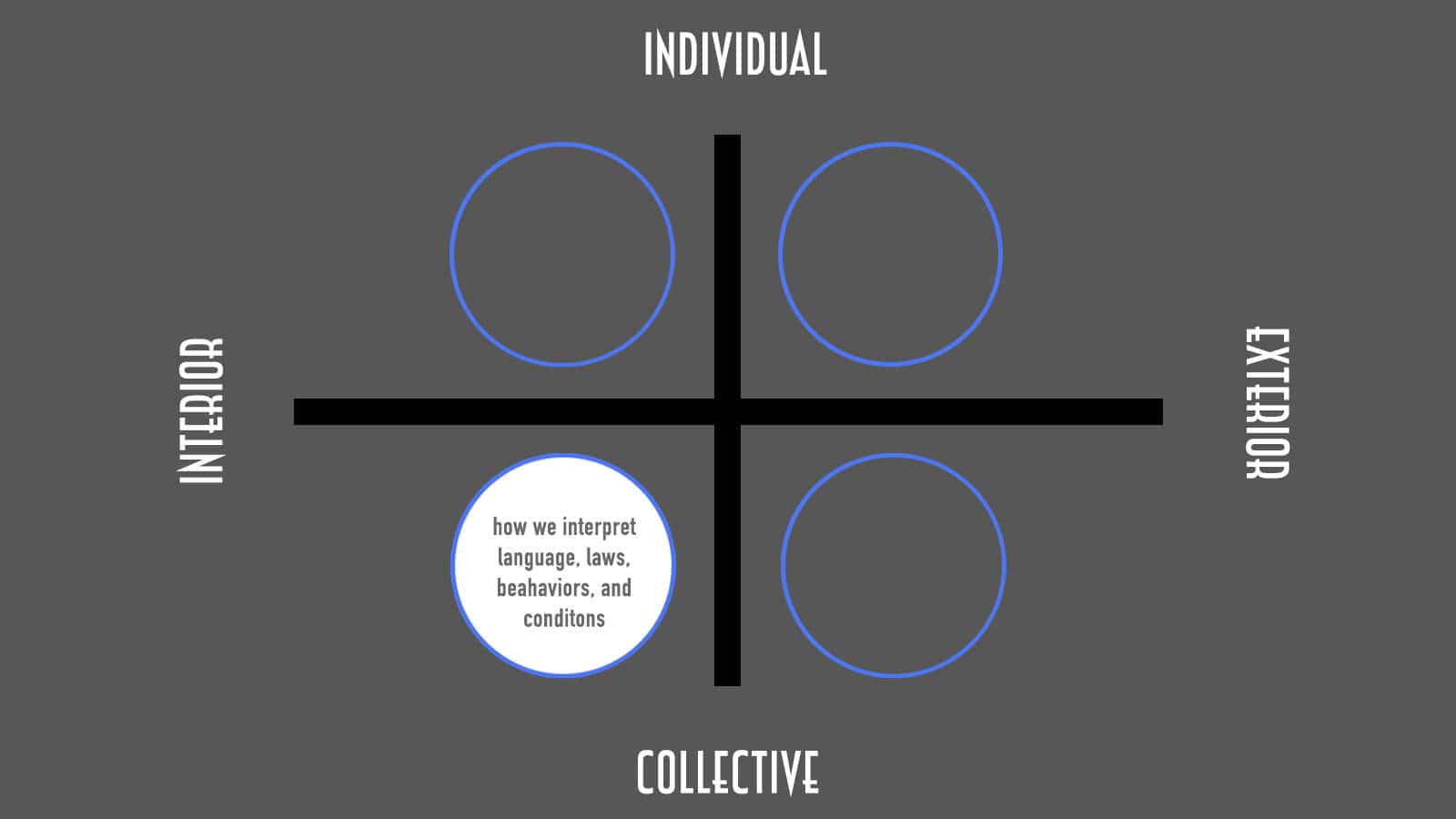 Zone 3 – Racially-tinted intersubjective interactions with other people, as well as commonly-held interpretations of reality that remain laden with ethnocentric residue. Also refers to the ways we directly interpret and communicate our surrounding reality and conditions. Which means, it is within Zone 3 that non-discriminatory laws can be interpreted and enforced in discriminatory ways, whether that discriminaiton is conscious or unconscious. Whether it’s a state police officer pulling over more black drivers than white drivers, or judges giving different sentences for the same crime, the cumulative consequences of this sort of discrimination then shows up in Zone 7 outcomes, which many people call “structural racism”.
Zone 3 – Racially-tinted intersubjective interactions with other people, as well as commonly-held interpretations of reality that remain laden with ethnocentric residue. Also refers to the ways we directly interpret and communicate our surrounding reality and conditions. Which means, it is within Zone 3 that non-discriminatory laws can be interpreted and enforced in discriminatory ways, whether that discriminaiton is conscious or unconscious. Whether it’s a state police officer pulling over more black drivers than white drivers, or judges giving different sentences for the same crime, the cumulative consequences of this sort of discrimination then shows up in Zone 7 outcomes, which many people call “structural racism”.
And here we can see the importance of things like family, community, hearth and home, and really the entire “private sphere” that has largely become neglected over the decades as more and more women move out of the private and into the public, without an equivalent number of men moving out of the public and into the private. And we can see how damaging it can be when we don’t have these sorts of healthy relationships when we are growing up, such as all the data we have about the impact fatherless families have upon an individual’s ability to truly flourish in their lives.
Zone 3 interventions include: cultural exchange, family values, mediation, conflict management, empathy practice, interpersonal development
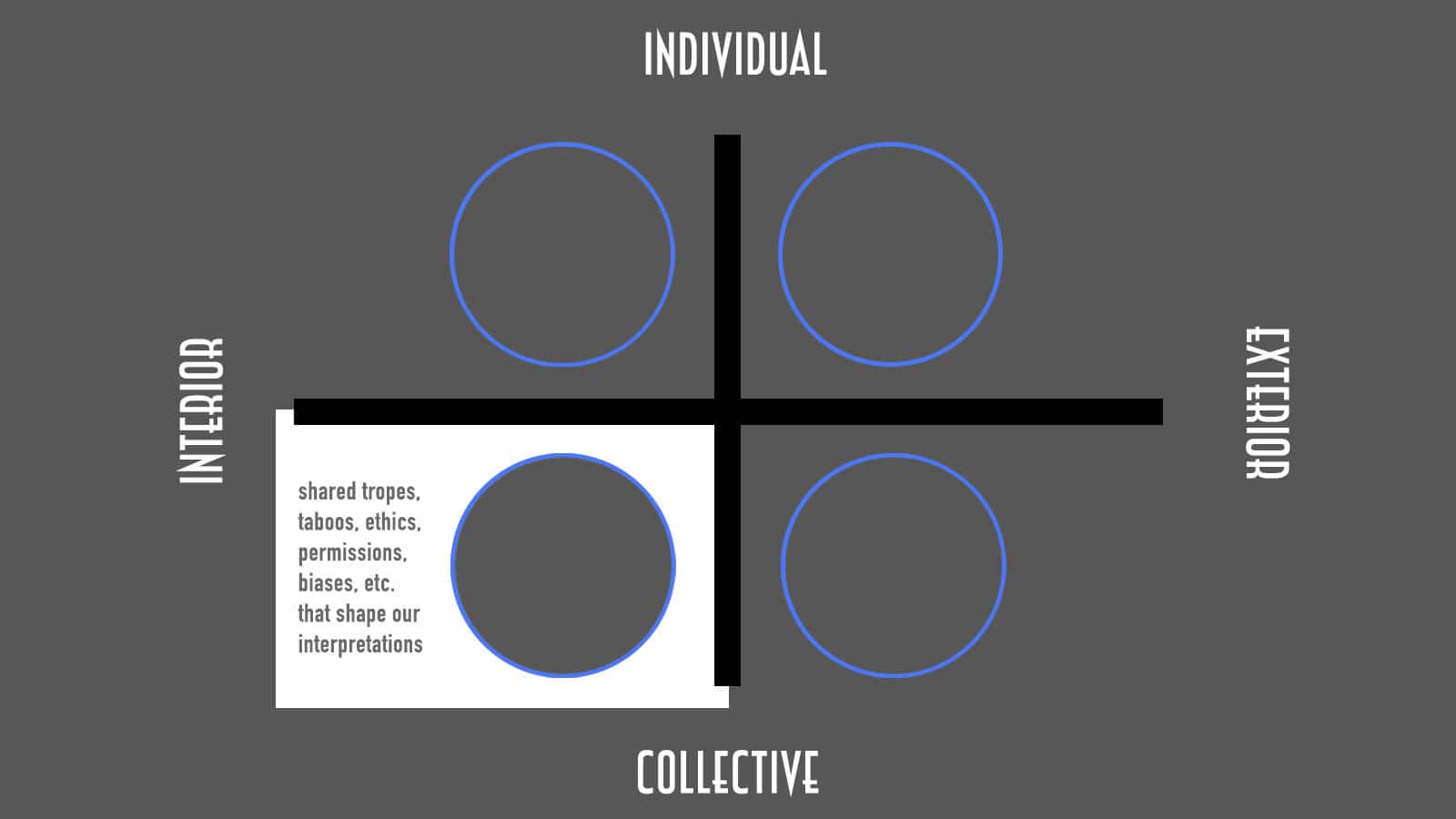 Zone 4 – the various, unseen shared permissions, biases, taboos, ethics, etc. that shape our discourse in Zone 3. You can think of something like an “Overton window” as a zone 4 phenomenon. Also includes things like “generational trauma” from cultural injuries inflicted upon previous generations, which produce various unconscious narratives and judgments that are distributed throughout the culture and/or subculture.
Zone 4 – the various, unseen shared permissions, biases, taboos, ethics, etc. that shape our discourse in Zone 3. You can think of something like an “Overton window” as a zone 4 phenomenon. Also includes things like “generational trauma” from cultural injuries inflicted upon previous generations, which produce various unconscious narratives and judgments that are distributed throughout the culture and/or subculture.
Other examples of discrimination here would be something like the Zone 4 precedents created by judges who interpret and enforce laws differently in Zone 3 depending on the race of the defendant, as well as inequitable hiring practices that tend to employ people with anglicized names more than “ethnic” names. Another great example of Zone 4 is the cultural permissions around who is or isn’t allowed to say the “N-word” in today’s society, a response to the terrible injuries that word has inflicted in the past.
This zone also describes various unexamined cultural tropes that have emerged from racial stereotypes that continue to permeate our language in Zone 3, and then unconsciously shape our unconscious biases in Zone 2, and our perceptions in Zone 1, which in turn influences how our society self-organizes in Zone 7.
Zone 4 interventions might include things like: political correctness (“changing the way we talk about things changes the way we think about things…”), community development, and addressing and healing generational traumas
Taking a careful look at the LL zones and discerning the different sorts of discrimination we find there is a tremendously valuable exercise, and helps clean up so much of the 1st tier division and tribalism that is coming from the culture wars. And it helps us to find better interventions for these challenges that are best suited for each of these perspectival zones — often requiring multi-zone interventions (affirmative action, for example, being one of the most common Zone 7 remedies for Zone 4 hiring inequities, which then creates its own brand new sets of challenges.)
Upper-Right Quadrant
 Zone 5 – a 1st-person view of 3rd person objects. One way to think of this is in terms of an individual’s autonomy — the degrees of behavioral freedom an individual has to take action in order to exert their agency and fulfill their various needs and drives. The range, strength, and depth of our autonomy is determined both by our interior development in Zone 2 and by exterior conditions in Zone 7. When we talk about an individual having “equal opportunities”, we are mainly talking about an individual’s relative autonomy and capacity to exert their Zone 1 intent. [This is in contrast to “equal outcomes”, which is largely a Zone 7 measurement that helps us determine whether the opportunities available to an individual are actually “equal” or not (after adjusting for development in Zone 2, as well as typologies that may exist in just about every other zone.) We can return to this point later, once we get to Zone 7.]
Zone 5 – a 1st-person view of 3rd person objects. One way to think of this is in terms of an individual’s autonomy — the degrees of behavioral freedom an individual has to take action in order to exert their agency and fulfill their various needs and drives. The range, strength, and depth of our autonomy is determined both by our interior development in Zone 2 and by exterior conditions in Zone 7. When we talk about an individual having “equal opportunities”, we are mainly talking about an individual’s relative autonomy and capacity to exert their Zone 1 intent. [This is in contrast to “equal outcomes”, which is largely a Zone 7 measurement that helps us determine whether the opportunities available to an individual are actually “equal” or not (after adjusting for development in Zone 2, as well as typologies that may exist in just about every other zone.) We can return to this point later, once we get to Zone 7.]
Zone 5 also refers to how we enact and reconstruct each other’s interiors, when we only have observable physical traits such as race, sex, physical and behavioral handicaps, etc. to base those reconstructions off of. ”What sort of interiors do we assume someone has who looks or behaves like this?” (And of course, it’s important to note that our Zone 5 reconstructions are often influenced by our Zone 2 biases).
Zone 5 interventions include: Emphasis on personal autonomy, skill development, cognitive behavioral therapy, show up practice
 Zone 6 describes the various objective traits, qualities, phenotypes, etc. that we are basing our Zone 2 biases and Zone 5 reconstructions off of in the first place.
Zone 6 describes the various objective traits, qualities, phenotypes, etc. that we are basing our Zone 2 biases and Zone 5 reconstructions off of in the first place.
Zone 6 can also describe the actual behaviors produced by racist thoughts in Zone 1, biases in Zone 2, cultural pressures from Zones 3 & 4, and life conditions in Zones 7 & 8.
Zone 6 interventions include: Legal enforcement, behavioral interventions
Lower-Right Quadrant
 Zone 7 is a first person view of 3rd-person systems in the LR, and describes how systems self-organize and how that systemic self-organization can shape and influence our individual consciousness. It also describes how consciousness in turn engages these systems. This zone includes the various information flows and communication patterns in the social holon.
Zone 7 is a first person view of 3rd-person systems in the LR, and describes how systems self-organize and how that systemic self-organization can shape and influence our individual consciousness. It also describes how consciousness in turn engages these systems. This zone includes the various information flows and communication patterns in the social holon.
Zone 7 can also describe a) the mass behavioral and informational patterns that result from current zone 8 laws, policies, and various environmental factors, b) the self-reinforcing systemic inertias that continue to exist from prior zone 8 laws and conditions, and c) how our overall patterns of behavior and communication are shaped by our present and past systems. We can see how seemingly non-discriminatory laws in zone 8 can nonetheless have discriminatory effects upon certain groups. And we can also see how previous discriminatory practices have created generational effects and inertias that continue to limit the average options and freedoms available to members of a particular group.
While Zone 8 describes the objective qualities, conditions, and consequences of various legal, political, economic, and environmental systems (more on that in a moment), Zone 7 shows how members of a system are enacting (and being enacted by) that system. And through these systemic analyses we can see how seemingly non-discriminatory laws in zone 8 can nonetheless have discriminatory effects upon certain groups. And we can also see how previous discriminatory practices have created generational effects and inertias that continue to limit the average options and freedoms available to members of a particular group.
Do we see systemic racism still existing in this zone? It might be more accurate to say that, even though we’ve mostly eradicated systemic racism from our lawbooks, we can still see many effects from previous forms of systemic racism occuring in Zone 7. I believe this is where the bulk of meaningful discussions of “systemic racism” should take place, along with zone 4. In other words, it’s not about changing the laws, as much as it is about mitigating the consequences from previous laws that still have an impact on our social self-organization today.
This can be a difficult zone to discuss and remedy, however, because while certain patterns of discrimination are still being perpetuated in the LR, the zone 8 realities have since changed, which means that many of these patterns and inertias are now autopoietically reinforcing themselves. For example:
See how little the demographics and relative property values have changed in neighborhoods affected by redlining policies from multiple decades/generations ago, and how this has limited overall property ownership for particular communities for generations, which then creates unequal opportunities to create and pass on generational wealth within those communities.
This can also then create negative feedback loops within educational systems, which are funded by property taxes, which ensures fewer kindergarten classes, fewer AP classes, and fewer high quality teachers, which in turn helps ensure that impoverished exteriors continue to produce impoverished interiors.
This is often seen as the most obvious example of structural racism. The policies that created these conditions no longer exist, but the structural conditions themselves continue to be with us today. As a result, black americans are on average more impoverished than other ethnic groups, which means they are less capable of meeting the lowermost needs on Maslow’s hierarchy, and are therefore more susceptible to the many social ailments surrounding poverty.
We can also often see zone 7 patterns that are not themselves self-reinforcing, but are instead due to zone 4 interpretations of zone 8 laws and policies (interpreting non-discriminatory laws in discriminatory ways.) Even more challenging is the fact that there is almost always a lag between changing our legislation in Zone 8, and the effects that has on social self-organization in Zone 7. This is especially true when the new legislation is coming from a higher/deeper stage than previous laws, because there is an incredible amount of social inertia generated by those previous laws.
Zone 7 interventions include: affirmative action, community reparations
Often in the past, we have framed the debate between “equal opportunities” and “equal outcomes” as one that is primarily divided into Orange and Green camps. However, from an integral point of view, there may be a different (and ultimately more useful) way to approach the conflict — not as one that is primarily occurring between orange vs. green, but rather one that is occurring between Zone 5 and Zone 7. This reframe helps us cut through the apparent contradiction of trying to enforce both simultaneously (as Ken has pointed out, emphasizing equal opportunities tends to diminish equal outcomes, and emphasizing equal outcomes tends to diminish equal opportunities. At the same time, unequal outcomes can also create unequal opportunities, and unequal opportunities almost always produce unequal outcomes).
Currently the debate exists mostly as a conflict between an Orange enactment of Zone 5 (equal opportunities) and a Green enactment of Zone 7 (equal outcomes). But I think an integral discussion would focus more on a minimally teal enactment of both these zones, while stripping out the orange/green content, which allows us to hold “opportunities” and “outcomes” not as contradictory opposites, but rather as an ongoing polarity to be managed and integrated, each providing important insight into the other, and each becoming pathological when disintegrated from the other.
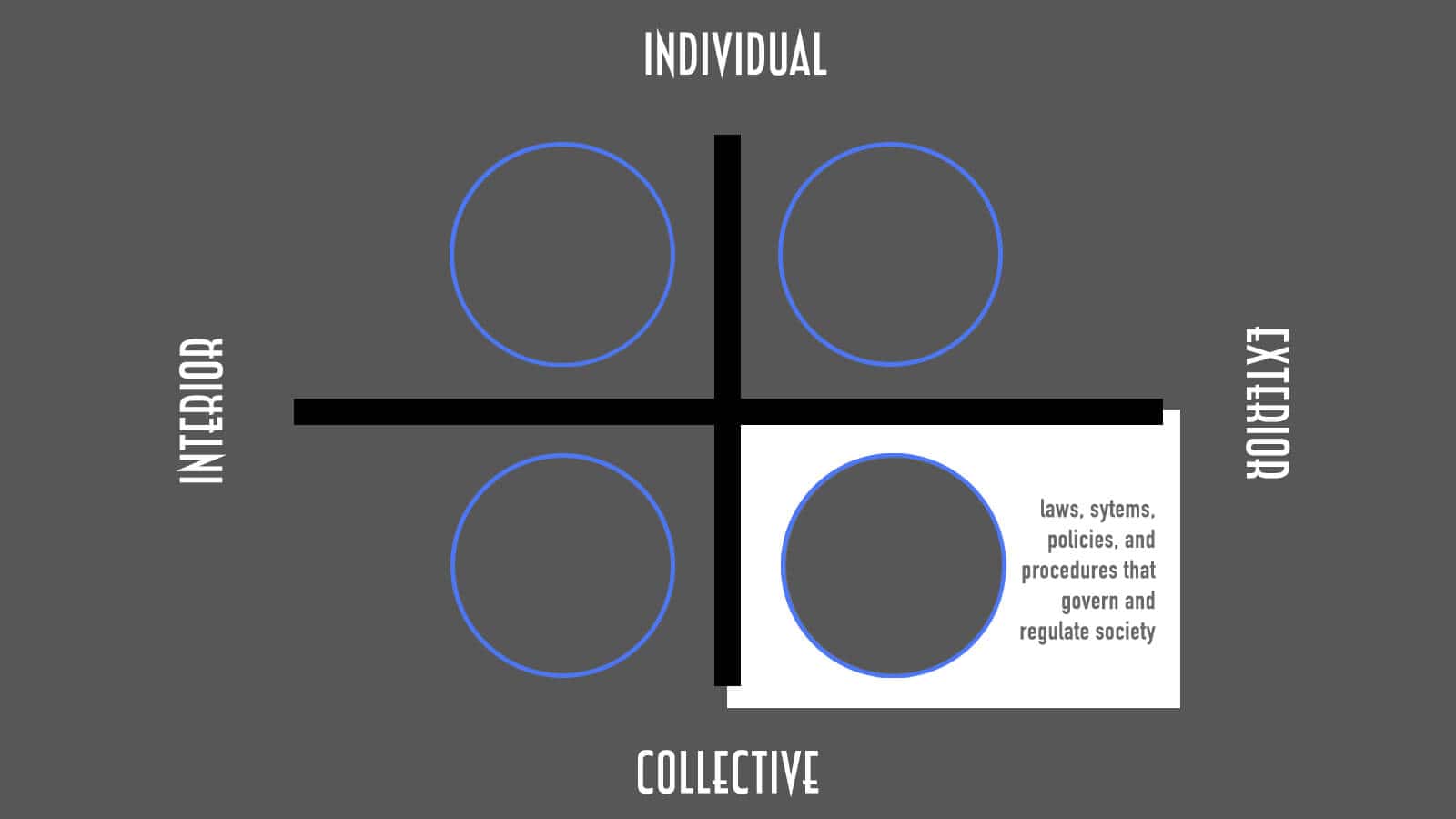 Zone 8 – the systems themselves, as seen from an objective 3rd-person objective. Actual legal mechanisms, policies, and procedures produced by ethnocentric views (Zone 2) that blatantly discriminate based on race. They can be explicitly racist, like slavery, or implicitly racist, like Jim Crow poll taxes and literacy tests.
Zone 8 – the systems themselves, as seen from an objective 3rd-person objective. Actual legal mechanisms, policies, and procedures produced by ethnocentric views (Zone 2) that blatantly discriminate based on race. They can be explicitly racist, like slavery, or implicitly racist, like Jim Crow poll taxes and literacy tests.
Does this form of systemic racism still exist? Thankfully, this is the zone where the majority of our social progress has occurred, which should be celebrated and protected for future generations. The majority of explicitly discriminatory laws have been eliminated (though we are certainly still ironing out some wrinkles in some areas). However, there are strong arguments that many implicitly discriminatory policies and practices continue to exist, (such as gerrymandering, things like the drug war that disproportionately affected certain communities more than others, as well as changing voting laws, which often discriminate against certain ethnic minorities without ever mentioning ethnicity in the policy itself), and we always need to remain wary about new laws and policies being enacted which, while not using nakedly discriminatory language, nonetheless has an inequitably harmful effect upon certain groups.
Zone 8 interventions include: legislation (e.g. removing discriminatory laws off of the books)
Previous Episodes of The Ken Show
About Ken Wilber
Ken Wilber is a preeminent scholar of the Integral stage of human development. He is an internationally acknowledged leader, founder of Integral Institute, and co-founder of Integral Life. Ken is the originator of arguably the first truly comprehensive or integrative world philosophy, aptly named “Integral Theory”.
About Corey deVos
Corey W. deVos is editor and producer of Integral Life. He has worked for Integral Institute/Integal Life since Spring of 2003, and has been a student of integral theory and practice since 1996. Corey is also a professional woodworker, and many of his artworks can be found in his VisionLogix art gallery.


